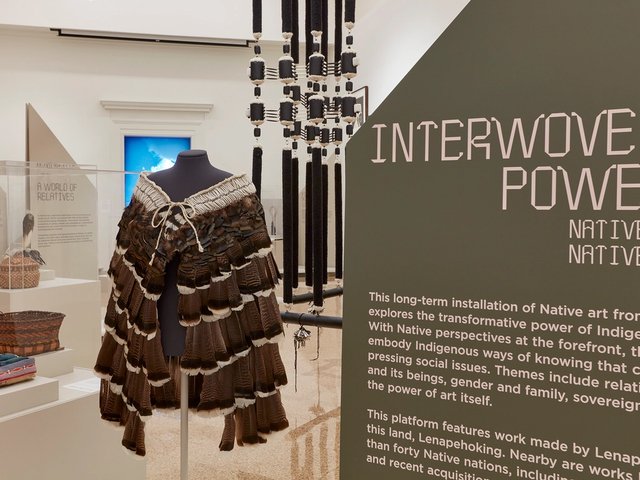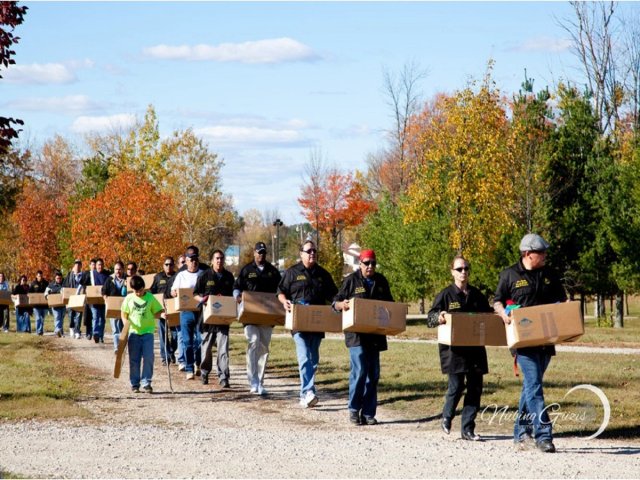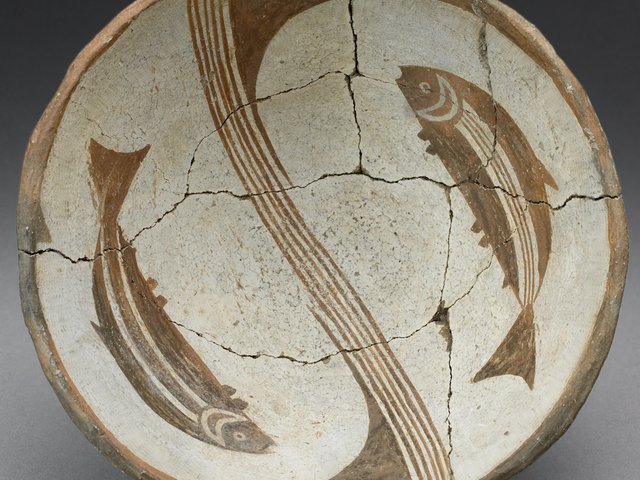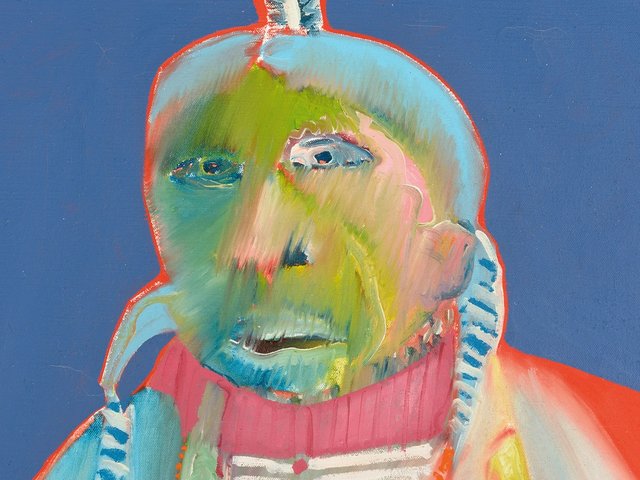The American artist and activist Jean LaMarr (Northern Paiute/Achomawi) is one of several women artists to receive long-overdue institutional recognition this year. A career-spanning retrospective (until 29 May) at the Nevada Museum of Art in Reno considers her momentous role in advancing contemporary Indigenous art through works that powerfully fuse Indigenous cultural elements with Modern art.
The exhibition highlights five decades of LaMarr’s diverse practice, from the abstract geometric prints she made in the 1970s that evoke the design of Indigenous baskets to a work produced for the exhibition that takes the form of a geodesic willow sweat lodge, which symbolically aims to cleanse the legacy of American Indian boarding schools in the US that sought to “civilise” Native children.
LaMarr was born in 1945 in Susanville, California, a rural town across the border from northern Nevada, and relocated to San Jose in 1964 as part of the Indian Relocation Act, a 1956 programme that encouraged Indigenous people to assimilate into urban areas as part of a government scheme that revoked tribal status to several communities in order to slash federal assistance to Native tribes.

Jean LaMarr, Some Kind of Buckaroo (1990). Collection of the Nevada Museum of Art, The Robert S. and Dorothy J. Keyser Foundation Art of the Greater West Collection Fund © Jean LaMarr.
The artist recalls experiencing racism throughout her childhood and education. She was first enrolled at the Philco-Ford Technical Institute in Santa Clara then San Jose City College, where in the 1970s she became involved in several American Indian social justice movements. She enrolled at the University of California, Berkeley in 1974 with a focus on painting and printmaking, but also an overarching interest in the university’s anthropological collection, which held and still holds the largest collection of Indigenous artefacts and human remains in the US.
“I was attracted to UC Berkeley because of its emphasis on Native research but found myself in the art department with professors that were still really focused on the more Eurocentric traditions of art history—abstraction, Modernism and painters like Rothko were admired at the time, of course,” she says. “I was instructed by my professors to not include cultural content in my work or I would be considered a folk artist, not a fine artist.”
LaMarr says she was forced to navigate the bias of the university system by making the work that was expected of her, often creating large-scale paintings with gestural brushwork, or paintings that looked “very much like a Rothko, with simple backgrounds”, she says. “And I would get high marks, ones that I deserved and earned, but then I would go back to my studio and paint what I wanted—subjects with cultural content.”
Some of the most powerful works in the exhibition date from those formative years, like a poignant etching honouring her great aunt that is based on a photograph she discovered in the UC Berkeley anthropology archives, which was then housed in the same building as the art department. The photograph was captured in 1922 by the anthropologist Edward Gifford for an ethnographic study comparing the cranial measurements of various races. “It was a dehumanising image that reduced her to research, so I made this work to give her back her power,” LaMarr says.

Jean LaMarr, Lena (1922) and Now (1985). Collection of the Nevada Museum of Art, purchased with funds provided by the Orchard House Foundation © Jean LaMarr.
LaMarr also notes that the building housing the art and anthropology departments was then called Kroeber Hall after the famed anthropologist Alfred Kroeber, who conducted excavations and field studies in the region that included noting the cranial measurements of Indigenous people. Kroeber’s name was removed from the building last year amid protests, a move that marked great progress for US institutions working to sever ties with their racist past, according to LaMarr.
“Even these small gestures reinforce the fact that Native people are alive, not specimens or relics of the past, which is what I have been trying to do with my work for decades,” she says. “It’s positive that these messages are gaining traction today, but they are the same messages.”
- The Art of Jean LaMarr, Nevada Museum of Art, Reno, Nevada, until 29 May






